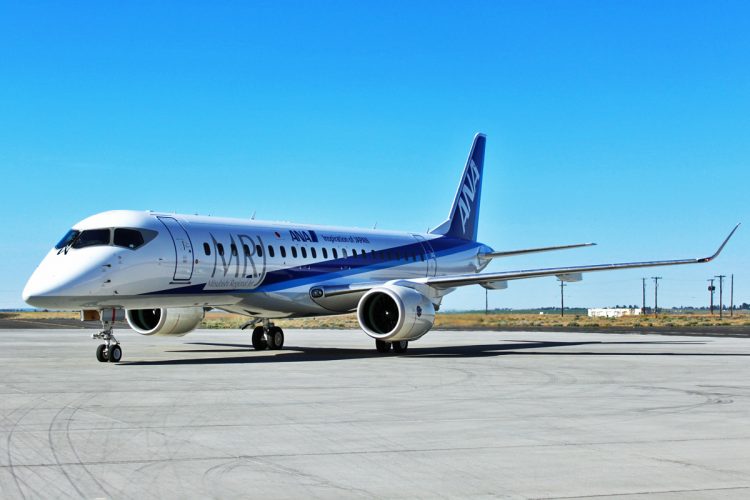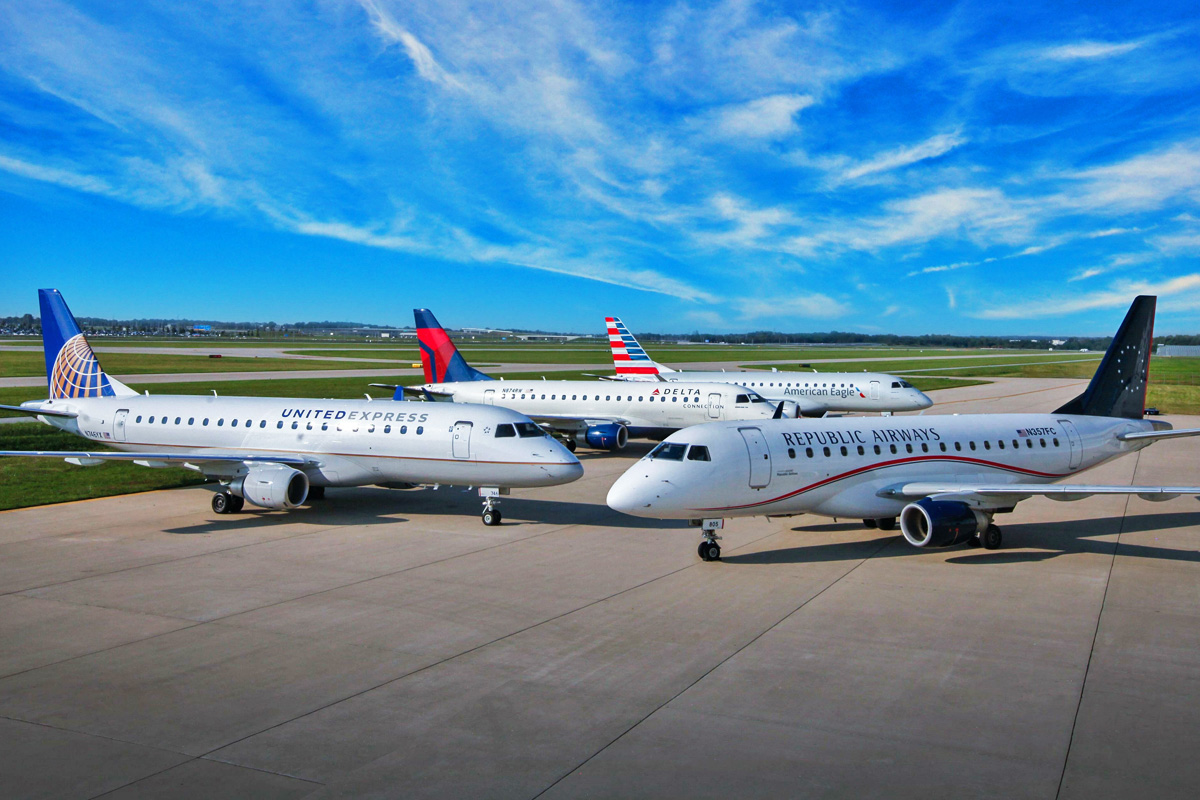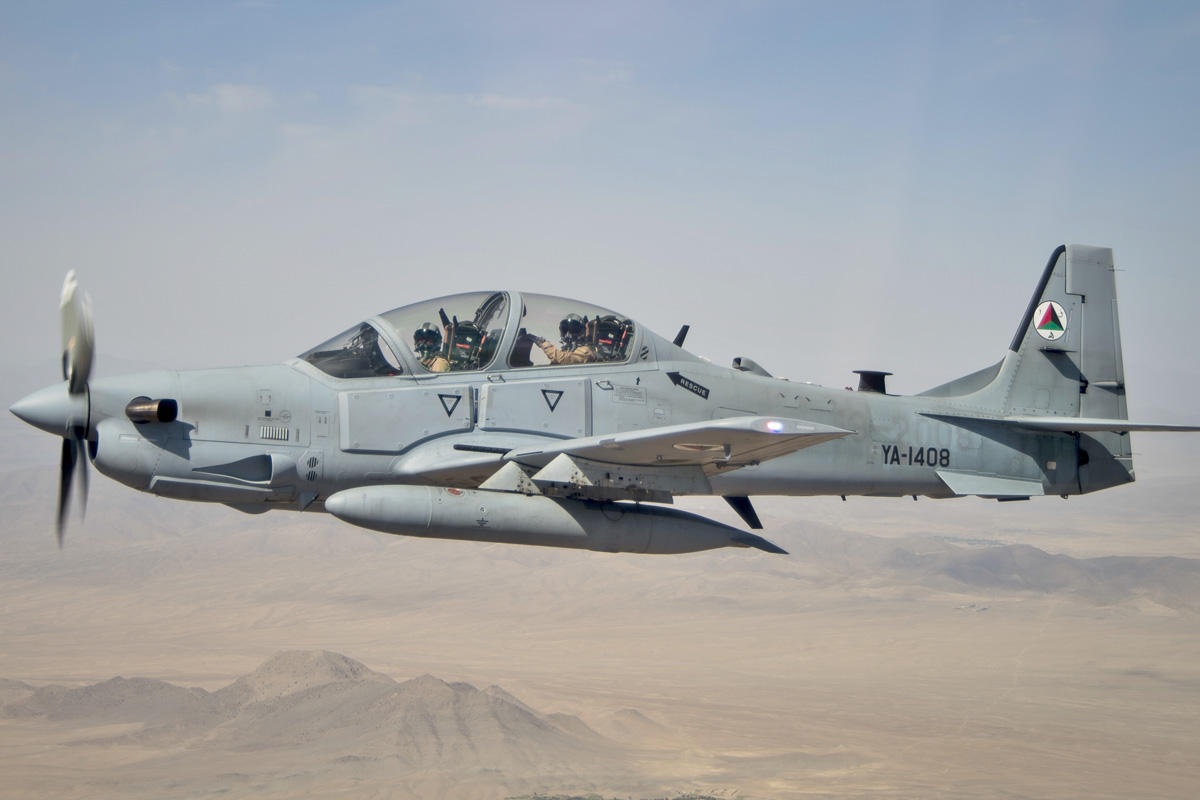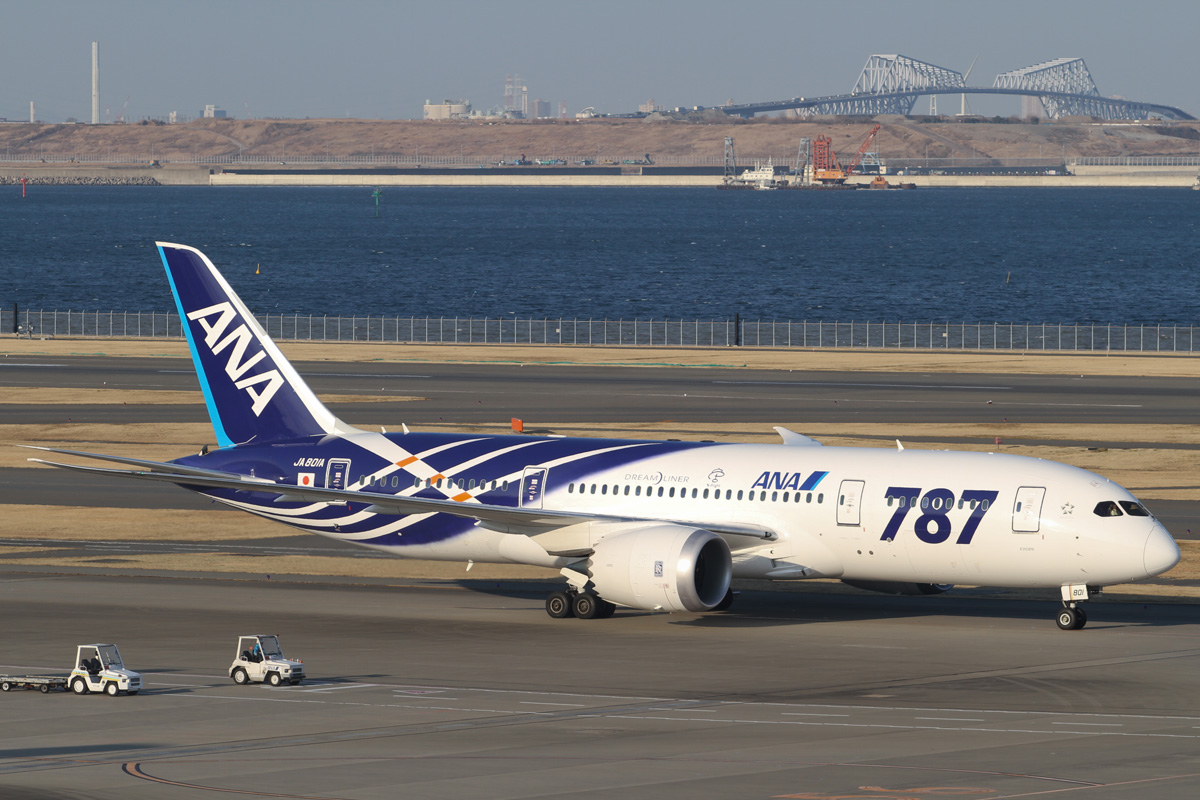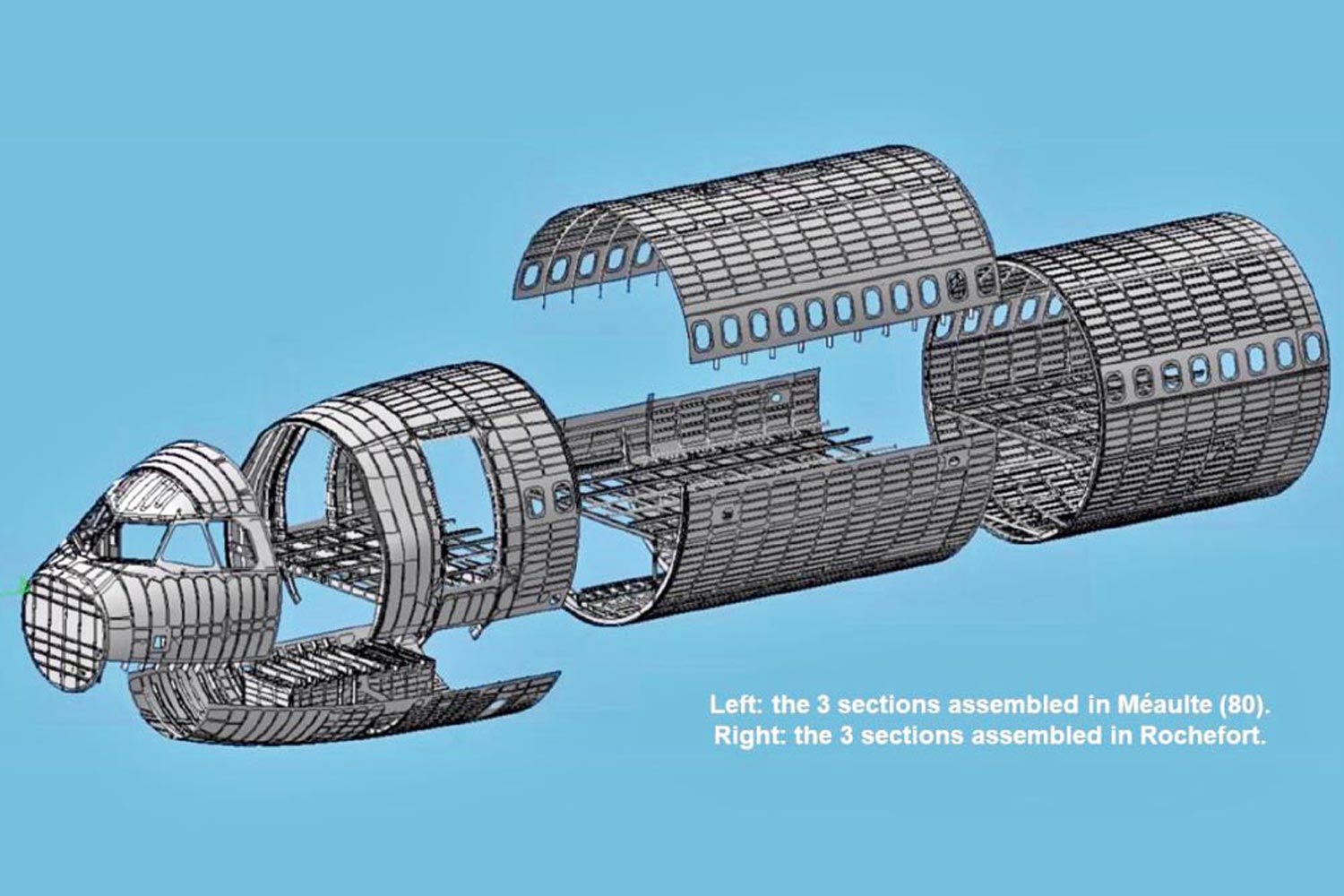When it decided to upgrade its family of commercial jets, Embraer made a bold decision: instead of making isolated improvements, the Brazilian manufacturer preferred to recreate aircraft with specific modifications for each model. New wings and aerodynamic solutions unique to each variant, more powerful and economical engines and even extended internal space compared to its predecessors.
From this formula were born the models E190-E2, E195-E2 and soon the E175-E2. However it is precisely the smallest jet of the new family that inflicts a huge dilemma. Evolution of the original E175, it can carry more passengers and is more economical to operate, but much heavier, with the maximum takeoff weight of 100,000 pounds.
With this setting, the E175-E2 can not be sold in the US. The reason is linked to the agreement between American Airlines, United Airlines and Delta Air Lines with its pilots, the so-called scope clause.
To allow its regional partners to fly with larger aircraft, the three largest US airlines and pilot unions have agreements in which such aircraft can not exceed two limits, number of seats (76) and maximum takeoff weight of 86,000 pounds. The union’s goal was to prevent airlines from passing on routes of higher demand to regional companies whose pilots have lower wage.
The contracts were successful at a time when the first jets such as the Embraer E-145 and CRJ200 did not approach the limits, but from the introduction of larger jets, American, Delta and United began to have problems. Even more spacious, planes like the E175 have come to have spacious passenger cabins including even a first class.
The advent of the new generation of regional jets, such as the Japanese Mitsubishi MRJ90 and the E175-E2 itself, is in direct conflict with American rules. Both are much heavier than allowed, which has prevented orders in the country, the largest market for such aircraft in the world.
Mitsubishi, which is far behind in the development of its airplane, preferred to bet on the smaller and lighter version MRJ70, but Embraer still expects large US companies and their unions to change these rules by allowing heavier planes in their regional partners.
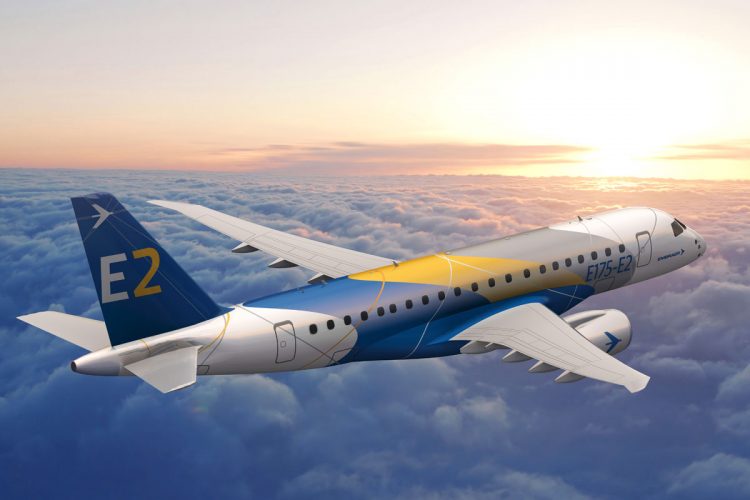
Numerous at US airports
This situation benefited the first-generation E175. Without a direct competitor, Embraer’s smallest jet (excluding the lesser-produced E170) is today the model with the largest number of orders in the Embraer portfolio. There are 204 aircraft ordered, almost twice the E195-E2, the best-selling version of the new family.
In addition, it was the most delivered model last year, with 67 aircraft completed. Meanwhile, the E190-E2 had only four units delivered in 2018.
Even without the innovations of the new E2 series, the E175 perfectly fits the needs of the American regional companies. No wonder Skywest, the leader among commuters, has no less than 158 E175 units. Last year, Republic Airways, another major regional, signed a contract for 100 E175 jets, firm orders, by the way.
The sudden success of the E175-E1, however, caused problems for the E175-E2. Until October 2018, the version had a huge intention of 100 units of Skywest, made in 2013, when Embraer launched the new family. But the manufacturer removed that deal from its backlog in the face of difficulties in shifting the deal between US companies and unions.
In the same order in which it bought 100 E175, Republic also included the purchase rights of another 100 E175, but opened the possibility that a part of them would be converted into E175-E2 orders.
In summary, the smallest version of the E2 family has no confirmed customers so far. Its development has been delayed in a year: now the forecast of start of operation is 2021, if there are interested in the model, certainly a very efficient aircraft, but which has not yet found its niche in the market.
See also: After controversy, Delta debuts the Airbus A220 in US
